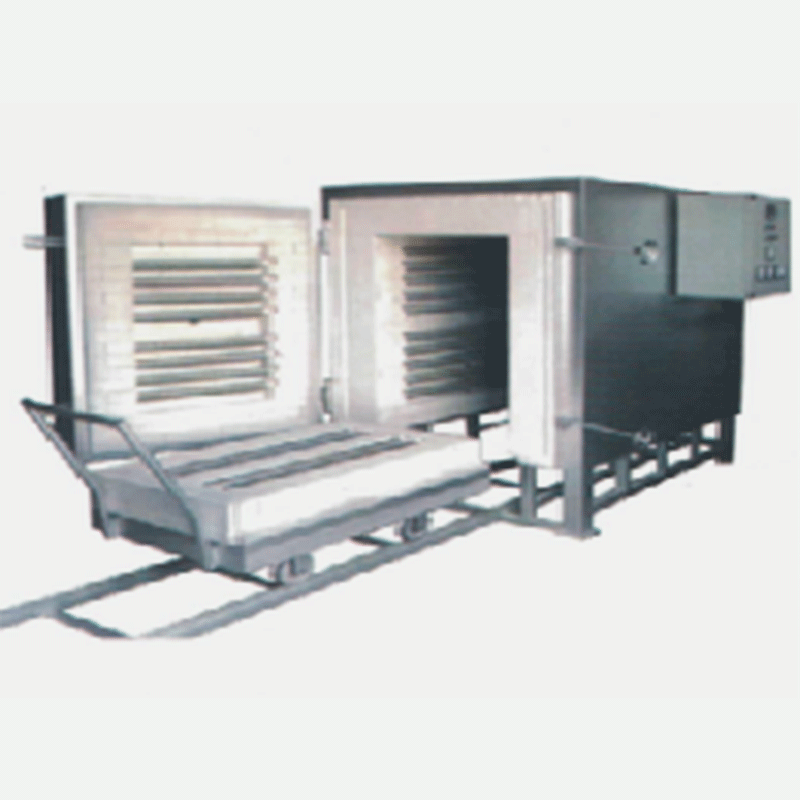Funktion des Siliciumkarbidstabes der Fusionsmaschine
Die Hauptfunktion des Siliciumkarbonstabs in der Schmelzmaschine besteht darin, als Heizelement zu dienen und elektrische Energie durch den Elektrothermieeffekt in Wärmeenergie umzuwandeln, wodurch das Probe-material geschmolzen wird.
Siliciumkarbonstangen haben die folgenden Hauptmerkmale:

hochtemperaturbeständigkeit: Siliciumkarbonstangen können stabil in Hochtemperaturumgebungen arbeiten, und die Betriebstemperatur kann 1450℃ erreichen.
oxidationsbeständigkeit: Bei Erhitzung in der Luft zeigen Siliciumkarbonstangen eine gute Oxidationsbeständigkeit und können langfristig in einem oxidschweren Umfeld verwendet werden.
korrosionsbeständigkeit: Sie weisen eine gute chemische Stabilität auf, und Säuren wirken darauf nicht ein, aber Alkali- und Erdalkalimetalloxide korrodingieren es bei hohen Temperaturen.
schnelles Erhitzen: Die Siliciumkarbonstange hat eine hohe Erwärmungsgeschwindigkeit und kann schnell die erforderliche Heiztemperatur erreichen.
lange Lebensdauer: Die Siliciumkarbonstange hat eine lange Servicelebensdauer, und durch das Erhöhen der Dichte kann ihre Lebensdauer verlängert werden.
Diese Eigenschaften ermöglichen es dem Silicium-Kohlenstoff-Stab, das Probeim Schmelzofen effizient und stabil zu erhitzen und zu schmelzen, wodurch ein reibungsloser Verlauf des Schmelzprozesses gewährleistet wird.
Empfohlene Produkte
Top-Nachrichten
-
Funktionsprinzip und Anwendungsbereich des Abriebprüfers bei Umgebungstemperatur
2025-11-07
-
Die wichtigsten Reagenzien, die bei der Probengewinnung durch Brandprobe verwendet werden, und ihre Funktionen
2025-10-13
-
Informiert Sie über die Aschenblähschmelzöfen für die Probengewinnung durch Brandprobe
2025-09-23
-
Maschine zur Prüfung der Formbeständigkeit unter Last (RUL) und des Kriechverhaltens unter Druck (CIC) – häufige Störungen und deren Behebung
2025-08-25
-
Wie verwendet man ein Röntgenfluoreszenz-Schmelzgerät in der Schwermetallindustrie?
2025-08-18
-
Welche Materialien sind für Hochtemperatur-Muffelofentests geeignet?
2025-08-14
-
Gemeinsam gestalten wir eine bessere Zukunft: Indischer Partner Ants Prosys besucht die Produktionsstätte von JZJ Testing
2025-08-04
-
Automatische Formschmelzmaschine - innovatives Gerät zur Steigerung der Versuchseffizienz
2025-07-22
-
Bedienungsmethode und Vorsichtsmaßnahmen des Hochtemperatur-Ausdehnungsinstruments
2025-07-14
-
Funktion und Verwendung des Feuerfestofens
2025-07-01

 EN
EN
 AR
AR
 BG
BG
 FR
FR
 DE
DE
 HI
HI
 IT
IT
 PL
PL
 PT
PT
 RU
RU
 ES
ES
 TL
TL
 IW
IW
 ID
ID
 UK
UK
 VI
VI
 TH
TH
 TR
TR
 FA
FA
 MS
MS
 UR
UR
 BN
BN
 KM
KM
 LO
LO
 PA
PA
 MY
MY
 KK
KK






















